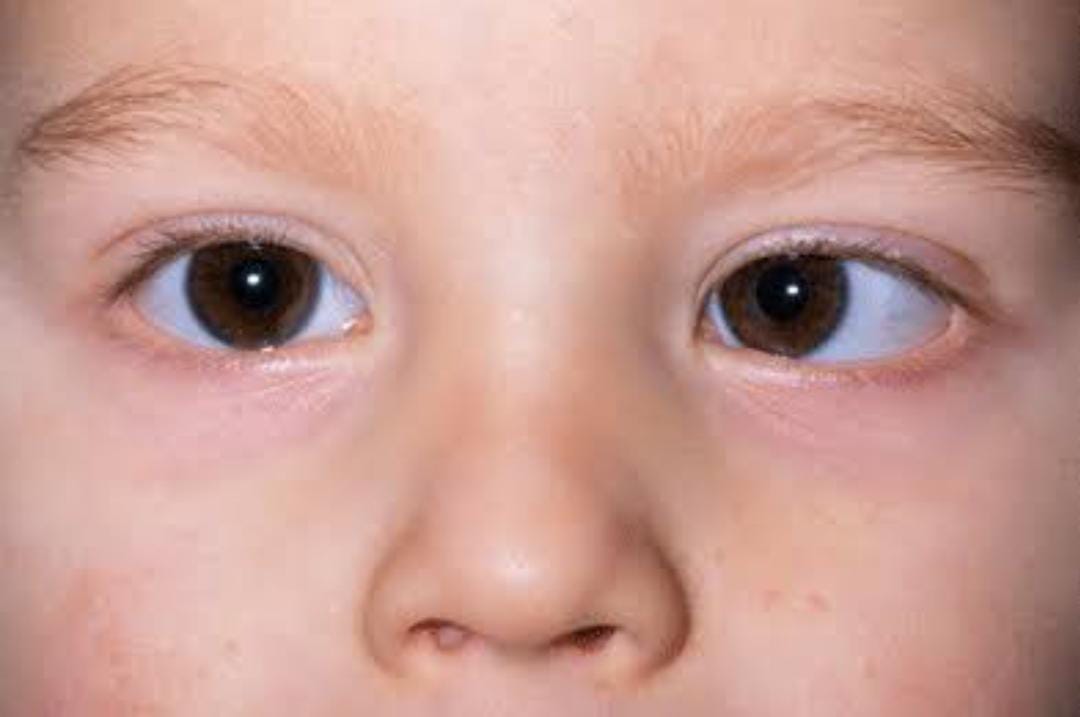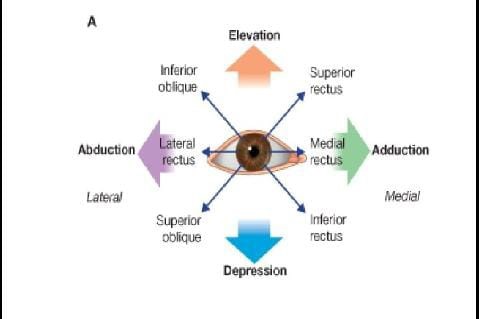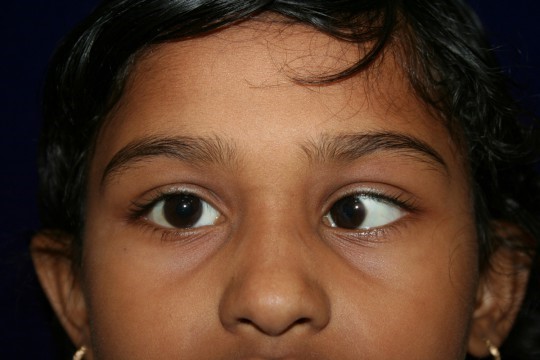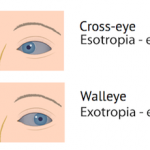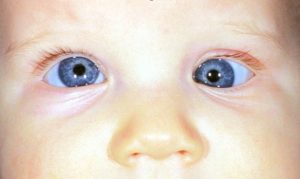What is strabismus ?
Misalignment in visual axies of the two eyes which do not line up in the same direction and do not look at the same object in the same time this condition of the eye is called strabismus.
Types of strabismus
1. Apparent strabismus or pseudostrabismus
2. Latent strabismus(Heterotropia)
3.Manifest strabismus(Heterophoria)In manifest strabismus there are two types
• concomitant squint
• Incomitant squint

Etiology
Total 6 extra ocular muscle surround each eyes and its help together to move our eyes in 9 position of gaze. In someone with strabismus These 6 muscle do not work together. So one eye look a object and other eye look different direction of object .When this situation is happen and the two different image are sent to the barin . The brain is confuse. And the brain ignore the image which send from the suppress eye . If strabismus cannot treat brain ignore the suppress eye and its never see well . This condition is call Amblyopia. Most of the children with strabismus the cause is unknown. More of the time problem is present shortly after birth . This condition is call congenital strabismus.
In generally two types factor are responsible for strabismus.
1. Anatomical factors.
2. Physiological factors.
In anatomical factors are —
A. Orbital asymmetry. B. Abnormal IPD(Inter pupillary distance) C. Abnormal origin and insertion of extraocular muscle. D. Extra ocular muscle weakness. E. Anatomical variation in the position of the macula in relation to the optical axis of the eye.
In physiological factors are —
A. Age- In young age there is more common is esophoria. In elder age there is more common is exophoria.
B.Role of accommodation- in esophoria accommodation increased . And exophoria there is accommodation decreased.
C.role of convergence – excessive use of convergence may cause esophoria. Decrease use of convergence may cause exophoria.
other disorder associated with strabismus in children —-
1.Apert syndrome –Apert syndrome is a genetic disease in which the seams between the skull bones close earlier than normal. This affects the shape of the head and face. Children with Apert syndrome often have deformities of the hands and feet as well.
2.cerebral palsy- Cerebral palsy is a group of disorders that can involve brain, which affects nervous system functions, such as movement, learning, hearing, seeing, and thinking.
3.congenital rubella- Congenital rubella is a condition that occurs in an infant whose mother is infected with the virus that causes German measles. Congenital means the condition is present at birth.
4.Hemangioma- A hemangioma is an abnormal buildup of blood vessels in the skin or internal organs.
5. incontinentia pigmenti syndrome- Incontinentia pigmenti is a rare skin condition passed down through families. It affects the skin, hair, eyes, teeth, and nervous system.
6. Noonan Syndrome
7. Prader-Willi Syndrome
8. Retinopathy of prematurity- Retinopathy of prematurity is abnormal blood vessel development in the retina of the eye. It occurs in infants that are born too early.
9. Retinoblastoma- Retinoblastoma is a rare eye tumor that usually occurs in children. It is a malignant tumor of the part of the eye called the retina.
10. traumatic brain injury- A concussion may occur when the head hits an object, or a moving object strikes the head. A concussion is a less severe type of brain injury. It may also be called a traumatic brain injury.
11. trisomy 18other disorder associated with strabismus in adult —–
1. Botulism- Botulism is a rare but serious illness caused by Clostridium botulinum bacteria. The bacteria may enter the body through wounds, or by eating them from improperly canned or preserved food.
2. Diabetes
3. Graves disease- Graves disease is an autoimmune disorder that leads to an overactive thyroid gland An autoimmuno disorder is a condition that occurs when the immune system mistakenly attacks healthy tissue.
4. Guillain-Barre Syndrome-Guillain-Barré syndrome is a serious health problem that occurs when the body’s defense system mistakenly attacks part of the peripheral nervous system. This leads to nerve inflammation that causes muscle weakness or paralysis and other symptoms.
5. injury to the eye
6. Shellfish poisoning
7. Stroke
8. Traumatic brain injury
9.vision loss from any eye disease
a family history of strabismus is a risk factor.



